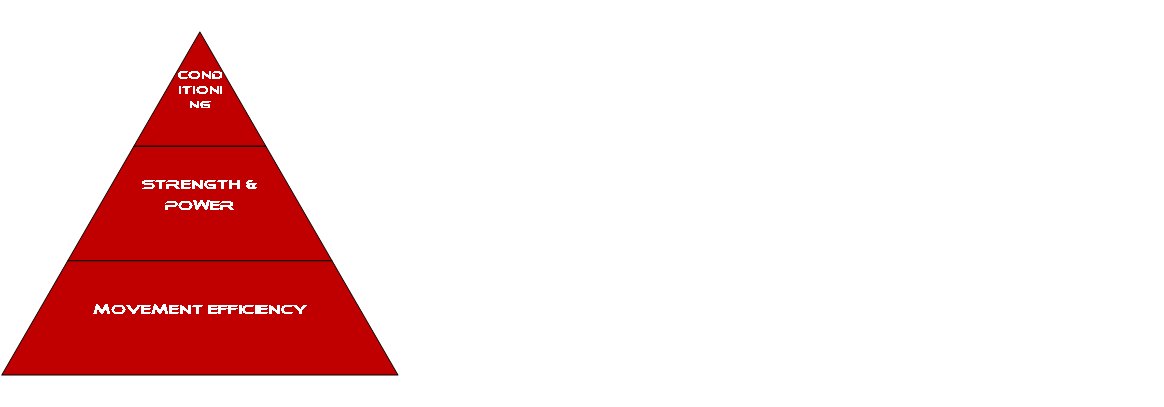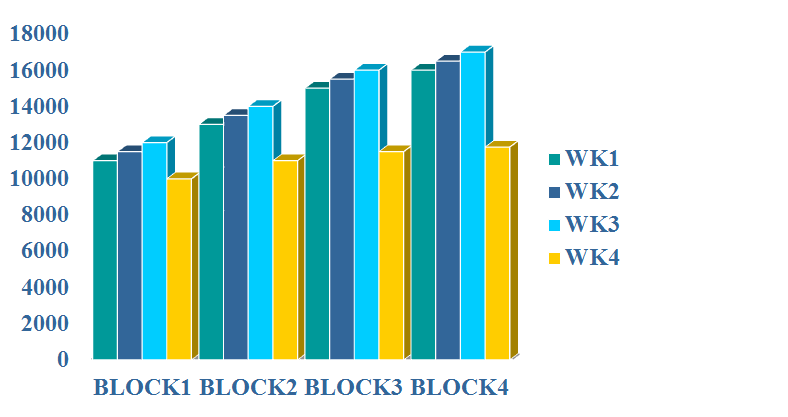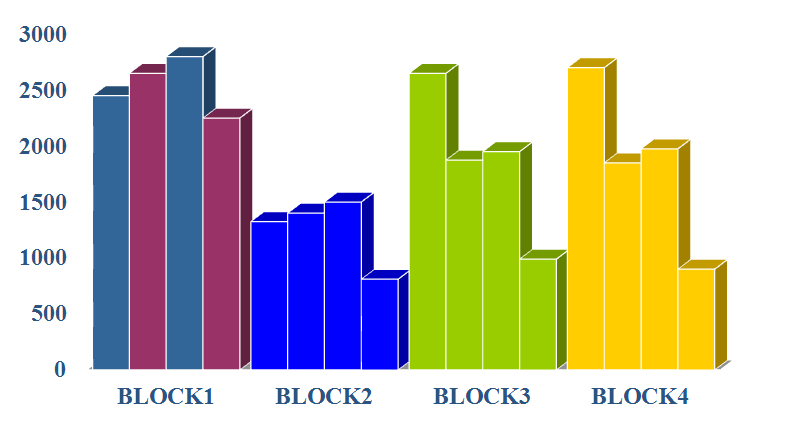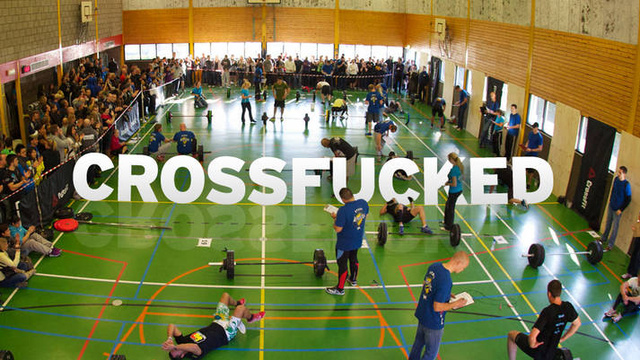Do you need to build a volume base?
In previous posts I eluded to the trend to programme in strength preparation cycles that emphasise ‘work capacity’ to prepare for more higher intensity forms of training. The aim here is to develop a Volume base of General fitness that will augment future performance.
I wanted to discuss this further from four specific viewpoints: developmental athletes, strength/power sports, fat loss clients, and general fitness enthusiasts, and determine the reasons why each of those specific population might want to use volume in their initial strength phases.
Before we get into the detail I should say that the overall aim of any programme should be to provide a training stimulus that will augment performance and minimise injury risk. Any programme aiming to create an appropriate training stimulus must respect the overall training principles of overload, variation and specificity.
As a general rule for overload I believe in progressively increasing the intensity of a biomotor ability first before learning to endure that quality. Therefore I really start to focus on the endurance of the anaerobic qualities of speed and power at the end of a training block during the ‘conditioning phase’.
1. Developmental Athletes
For my developmental athletes (school aged children who aspire to become professional athletes) the focus of the strength sessions in early cycles is building a ‘movement efficiency base.‘ Work capacity is something that I really focus on in the final stages of their development where we focus on them ‘enduring’ the anaerobic qualities of speed, agility, and power for longer periods of time. I call this phase the conditioning phase (see diagram above). Work capacity in earlier stages of development will mainly be achieved by doing more sessions per week and separate cardio sessions. However it will be also be a by-product of individual weights sessions because as I said in the previous post I will be doing strength endurance in the gym because it facilitates more repetitions which has many benefits to the newbie lifter but specifically:
a. Progressive Overload– I believe in focusing on building intensity first and this is done very progressively. I believe in the concept of the ‘minimum stimulus threshold’ which basically says that I find the lowest form of stress that can still cause an adaptation and start there. I don’t want to go in at the deep end when lower forms of stress will get the job done. This is why I will start with strength endurance- simply because the load is lower.
b. Skill acquisition– Higher reps allows you to teach and reinforce movement patterns- proper form will be ingrained in your very soul! I will use supersets of non-competing exercises with no rest between exercises and 1-minute between supersets. By working one pair at a time, having a minute between supersets and giving 2-minutes rest before moving onto the next pair it doesn’t become like a circuit but I do get lots of practice at movements. I want to keep the metabolic stress under control so I get maximum quality.
c. Phase potentiation– for the newbie there will be some physiological adaptations that would potentiate the increased performance in subsequent strength cycles. This is mostly due to neural changes such as greater intra- and inter-muscular coordination, as well as structural benefits to the connective tissue elements.
2. Strength/Power Sports
During Strength cycles Mike Stone manipulates volume load to create specific adaptations in his Olympic Weightlifters using summated microcycles. The weekly increases in volume load provide for progressive overload and are followed by a deload week after every 3-weeks to enable adaptation and recovery.
However as we know if you just focus on strength for an extended period of time you are very likely to stagnate so Mike does start with a Volume base which causes a short term volume load increase to prepare for his strength cycles!!!. This SHORT-TERM VL INCREASE POTENTIATES INCREASED PERFORMANCE – AND MAY BE RELATED TO HORMONAL ALTERATION.
According to Mike Stone the benefits of a Volume Base in this situation relate to hormonal alterations which are based on the concept of creating fatigue through Concentrated Loading. You are producing a lot of testosterone but due to the high volume you’re also producing a lot of cortisol which induces stress/ fatigue. This is achieved by doing sets x reps schemes in the region of 3 x 10. This may seem just like standard hypertrophy work but to a strength/power athlete who likes to lifts heavy things for few reps this is a shock to them!
a. CONCENTRATED LOAD (VERKHOSHANSKY 1977) HIGHER VOLUME LOWER INTENSITY (UP TO 8 WEEKS) – MARKED VARIATION – MAY BE ACCOMPANIED BY INCREASED FATIGUE AND DECREASED PERFORMANCE -OFTEN RESULTS IN A DELAYED INCREASED IN PERFORMANCE UPON RETURNING TO NORMAL TRAINING.
Notice how that once the strength phase has been completed (BLOCK 2) following the concentrated loading (BLOCK 1) there are two noticable spikes in Volume again during the power phases (BLOCK 3 and 4). This type of volume increase called Over reaching.
b. VERY SHORT- TERM OVER-REACHING: (KUIPERS AND KEIZER 1988; STONE ET AL. 1996) SHORT TERM INCREASE IN TRAINING VOLUME ANDOR INTENSITY WHICH MAY RESULT IN A SHORT TERM PERFORMANCE DECREMENT. THE SIGNS AND SYMPTOMS OF OVERREACHING THAT CAN OCCUR ARE NOT TYPICALLY AS EXTENSIVE OR SEVERE AS THOSE ASSOCIATED WITH OVERTRAINING – OFTEN RESULTS IN DELAYED INCREASE IN PERFORMANCE UPON RETURNING TO NORMAL TRAINING.
So as well as the volume base that Mike uses there are also mini volume spikes to create that fatigue again during otherwise lower volume cycles (i.e., power cycles).
3. Fat Loss Clients
For me I see a lot of the scope of building a Volume base being related to raising metabolism both during the workout and post-workout by exploiting a physiological phenomenon know as EPOC. Fat loss clients are creating a fat loss base by doing lots of exercises with minimal rest to challenge the body both anaerobically and aerobically-meaning they will work their muscles and their cardiovascular system. This is achieved by doing strength endurance circuits such as 5 exercises done with only 30-seconds rest between them. This is great for fat loss because it ramps up metabolism. This type of training is called ‘metabolic resistance training.’ This fat loss base is designed to create more insulin sensitivity so that you are better able to process sugars in your strength phases!
For me this is subtly different to what I would do to build a volume base with young athletes because the circuits here are designed to raise metabolism and use exercises which require lower levels of skill so they can tax the muscular and cardiovascular system simultaneously. I try and work these systems separately with developmental athletes. Even though my young athletes will be doing higher reps in earlier training phases they will be doing them at a controlled tempo so heart rate won’t increase as much as in these type of metabolic resistance training circuits.
Normally fat loss clients will also do extra metabolic work in the form of sprint intervals which also taps into aerobic recovery from anaerobic work, but I guess my caveat here is to be smart and not programme in exercises modalities that they’re not ready for. I’d rather they do sled drags or bike intervals as a start then progress to running based intervals. For my developmental athletes training I don’t want them to rely on getting their increases in their uptake of oxygen from only ‘recovery’ from high intensity strenuous exercise. I also think young athletes should do some direct aerobic work from actual aerobic intervals of longer duration as well as a little bit of continuous running! Not just maximal effort anaerobic work with aerobic recovery!!
4. General Fitness enthusiasts
I found a great article on the pros and cons of Cross fit because this is perhaps the classic case of doing work for work’s sake. Read the full article here. In a nutshell the problem with building a volume base using things like Crossfit is that ‘You do a little of everything. And the ‘everything’ are all super demanding exercises!!! You do some Olympic lifting, and some powerlifting, and some bodyweight stuff, and some cardio stuff, and some running, and some sprinting, and some intervals, and some circuit training, and some whoop do doop- (my note: all in the presence of fatigue). And you will, yes, “get in shape.” You may even get abs to show off at the office pool party.
I actually don’t have any problems with the idea of building general fitness by doing a bit of everything. This is exactly what I am aiming to do with my developmental athletes. I just go about achieving it a different way. I train all the components mentioned above in a given week (which in itself builds work capacity or a volume base!), but I don’t feel that the way Crossfit is designed is ideal to ‘develop’ general fitness of your average fitness enthusiast because I have concerns about the form of the exercises. I wouldn’t want my athletes to attempt to do Olympic lifts, power lifts and track sprints all in the presence of fatigue. And I think that sort of prescription should be reserved for later training cycles, such as my conditioning phase. I would build my base by training those exercises separately. And I would see Crossfit as the equivalent of sending a recreational runner off to do an Ironman!!
Conclusions
Developmental athletes are building a movement efficiency base to get good at lifting in later cycles. Strength/Power athletes are building a fatigue base to get a rebound in performance in the next strength cycle. Fat loss clients are building a fat loss base to improve insulin sensitivity and general fitness enthusiasts are building a general base of fitness which doesn’t serve a particular purpose for future cycles.




